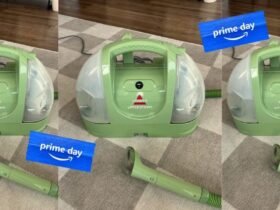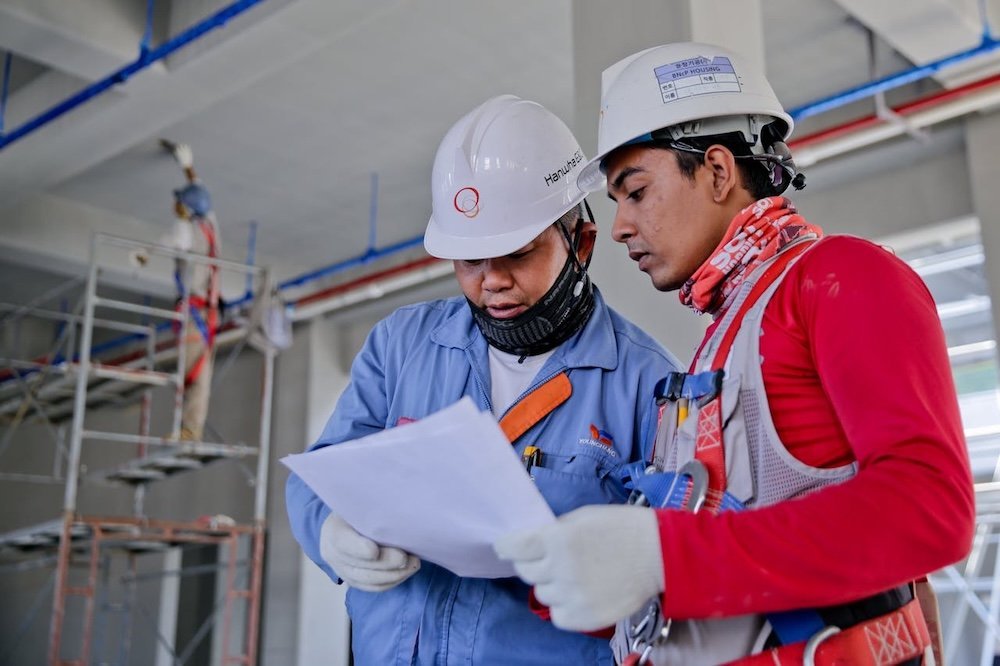Workplace safety doesn’t need to feel like a boring rulebook. At its core, it’s about protecting people and making sure everyone goes home in the same condition they arrived. Think of it as good business mixed with peace of mind.
Too often, organizations treat safety as a box-checking exercise. The truth is, strong systems prevent accidents, lower costs, and boost morale. When teams feel protected, they perform better. This article shares practical steps any company can take to strengthen safety and keep compliance simple.

Photo by Anamul Rezwan on Pexels
Start with a Thorough Workplace Risk Assessment
Every strong safety program starts with knowing where the risks are. A proper risk assessment looks at the worksite, equipment, and tasks employees handle every day. It highlights potential hazards and gives leaders a clear picture of what needs to be addressed. These assessments shouldn’t happen once and be forgotten. They should be ongoing. Workplaces change, new equipment arrives, and new processes are introduced. By treating assessments as a regular habit, companies can improve safety, reduce accidents, and keep compliance efforts on track.
Partner with Experts for Tailored Solutions
It can be challenging for managers to keep up with changing rules and safety standards. Even well-intentioned leaders may miss details that later become serious issues. Partnering with professionals ensures businesses apply the right strategies for their specific industry and work environment. That’s why many organizations choose consultants like LegacyMark. You can visit them at legacymarksafety.com to learn more about their services and expertise. They provide workplace evaluations, training programs, and custom solutions that help companies stay safe and reduce risks. Their team focuses on practical systems that protect employees while making compliance easier to manage in the long run.
Develop Clear and Accessible Safety Policies
Policies should never sit in a binder collecting dust. They need to be clear, easy to follow, and visible to everyone. Employees should know what’s expected, and managers should reinforce the same message consistently. Written rules are only effective when people understand them. Updating policies as conditions change is also important. A policy written five years ago may no longer match current standards. Regular updates ensure compliance remains strong, and employees always have guidance they can trust. Simplicity and clarity build confidence in daily practices.
Train Employees Consistently and Effectively
Training works best when it’s ongoing and relevant. One-time sessions won’t stick for long. Employees need regular refreshers that keep information current and habits sharp. Sessions should also be engaging, using real examples from the workplace rather than generic material. When workers are well-trained, they recognize hazards sooner and respond more effectively in emergencies. This reduces accidents and strengthens compliance. Frequent, hands-on training not only builds confidence but also shows that safety is taken seriously, which encourages employees to take it seriously too.
Foster a Culture of Accountability
Strong safety programs depend on culture, not just paperwork. Leaders must set the tone by following the same rules they expect from employees. When staff see management take safety seriously, they are more likely to model the same behavior themselves. Accountability also means creating an environment where reporting hazards is encouraged, not punished. Rewarding safe behavior and encouraging feedback promotes trust. With accountability built into daily routines, compliance becomes part of the workplace identity instead of just a requirement. That’s when real progress happens.
Regularly Inspect and Maintain Equipment
Equipment is only safe when it’s in good working order. Machines, tools, and protective gear should be checked regularly to spot problems before they cause accidents. Preventive maintenance reduces breakdowns and keeps workers confident that the tools they rely on are safe. Keeping a log of inspections and repairs is essential. It not only ensures safety but also demonstrates compliance during audits. Businesses that make inspections routine create safer environments while avoiding costly downtime caused by unexpected failures or regulatory penalties.
Create Emergency Response Plans That Work
Every workplace needs a plan for emergencies. Fires, chemical spills, and medical incidents can happen anywhere, and employees must know what to do. A well-designed emergency plan gives clear steps for evacuation, communication, and first aid, reducing confusion during stressful moments. Drills are key to making plans effective. Practicing responses ensures employees know their roles, exits, and safe zones. A strong plan backed by regular training builds confidence. When emergencies are handled smoothly, safety improves, and compliance standards are easier to maintain.
Keep Compliance Records Organized and Updated
Paperwork may not seem exciting, but records are proof of safety. Inspections, training sessions, and incident reports should all be carefully documented. This not only helps with day-to-day planning but also protects a business during inspections or legal reviews. Digital tools can make this easier by keeping everything in one place. Organized records prove that the company takes compliance seriously. Having documentation ready also builds trust with employees, showing that real systems and clear accountability support their safety.
Stay Ahead of Changing Regulations
Rules and standards are never fixed. New risks emerge, and safety requirements evolve. Businesses that fail to adjust may find themselves out of step, even if their practices felt adequate in the past. Staying updated is essential for ongoing compliance. Companies can stay informed by monitoring updates, joining industry groups, or working with professional consultants. Being proactive reduces the stress of sudden changes. By preparing early, businesses avoid penalties and ensure that their teams are always protected under the latest safety standards.
Continuously Improve Through Employee Feedback
Employees see potential risks every day, often before management does. Giving them a voice improves safety and strengthens compliance. Feedback can be collected through surveys, open meetings, or anonymous reporting systems that make it easier for workers to share concerns. Listening to feedback not only improves safety practices but also builds trust. When employees feel heard, they are more engaged and motivated to follow rules. This culture of shared responsibility makes compliance a natural part of operations instead of an outside requirement.
Building a safer workplace isn’t about rules alone—it’s about creating an environment where everyone feels valued and protected. From risk assessments to training, equipment checks, and feedback, every strategy contributes to stronger systems and better teamwork. By committing to safety at every level, businesses reduce accidents, improve morale, and strengthen compliance. The result is a workplace where employees know they matter, and leaders can feel confident their teams are protected. Safety and success go hand in hand when done right.



















Leave a Reply